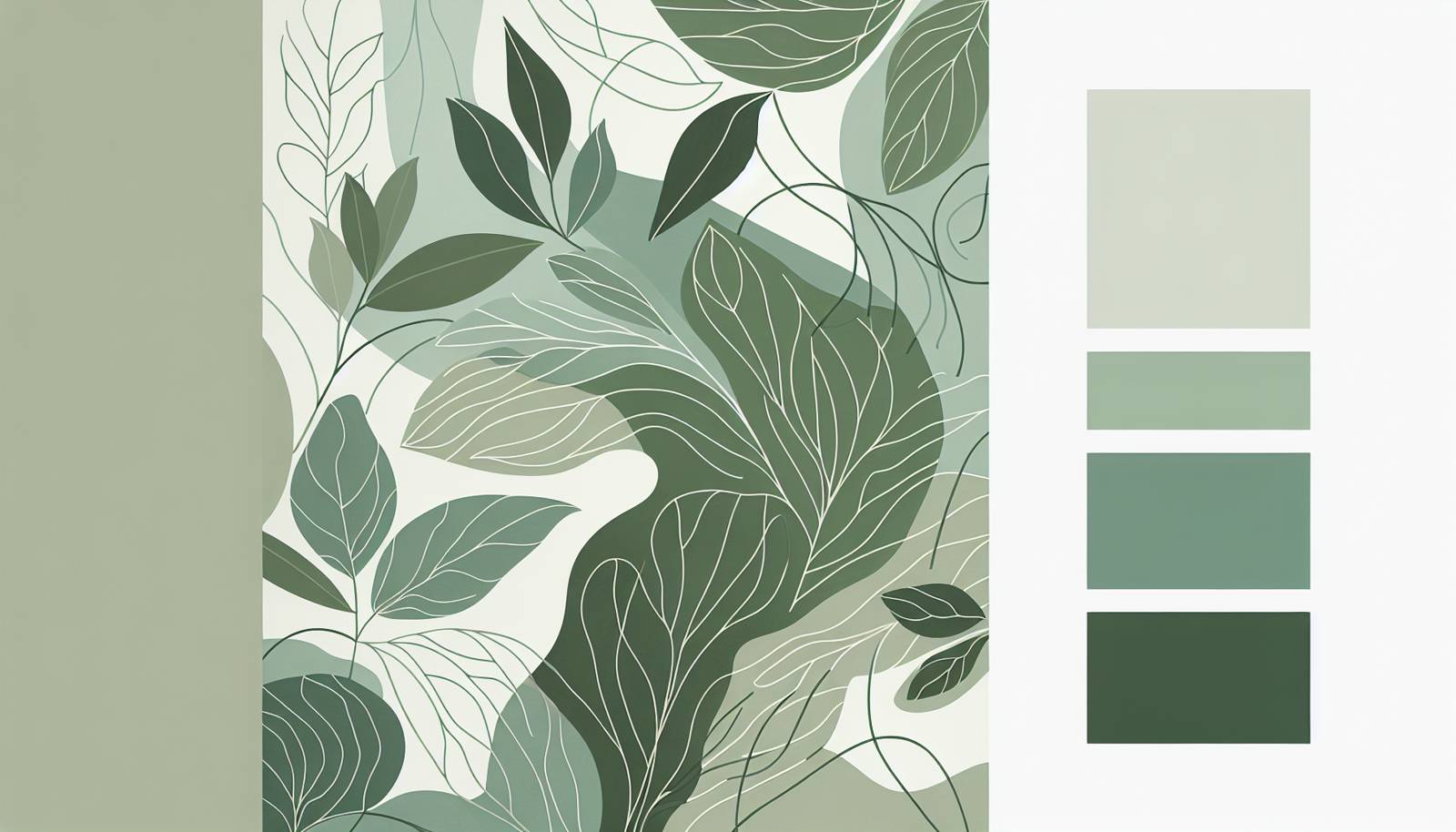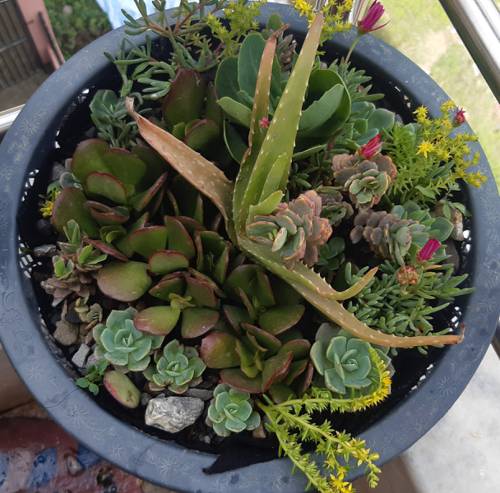
FAQ About Selecting Indoor Plants for Different Room Environments

What should I consider when selecting indoor plants for a bathroom?
When selecting indoor plants for a bathroom, consider factors such as light availability, humidity levels, and space constraints. Bathrooms often have high humidity, making them ideal for tropical plants like ferns, orchids, and peace lilies. Ensure that the plant can thrive with the light conditions provided, whether natural or artificial. Additionally, opt for plants that can fit well in the limited space, such as small potted plants or hanging plants.

Which indoor plants are best for low-light environments such as a living room with few windows?
For low-light environments like a living room with few windows, consider plants such as snake plants (Sansevieria), pothos, and ZZ plants (Zamioculcas zamiifolia). These plants are known for their ability to thrive in minimal light. While they don't require much sunlight, occasional indirect light will help them grow better.

Are there any indoor plants that can help purify the air in my home?
Yes, several indoor plants are known to help purify the air in homes. Some great choices include the peace lily, spider plant, bamboo palm, and English ivy. These plants can remove toxins such as formaldehyde, benzene, and carbon monoxide from the air, improving indoor air quality.

How do I choose the right size of plant for a small apartment?
In a small apartment, select plants that fit well within your available space without overwhelming it. Consider compact plants like succulents, air plants, or small varieties of ferns. Use shelves, hanging planters, or window ledges creatively to accommodate your plants while maintaining an organized and spacious feel.

Can I keep succulents in a humid room like a bathroom?
Succulents generally prefer dry conditions and might not thrive in a highly humid environment like a bathroom. However, if the bathroom is well-ventilated and receives plenty of natural light, some hardy succulents like jade plants may adapt. It's usually better to keep succulents in rooms with less humidity.

What are the best indoor plants for kitchen environments?
Kitchens can be great places for growing herbs such as basil, rosemary, or mint, as they are both practical and decorative. Additionally, consider pothos and philodendrons, which thrive in varied light conditions and can handle the kitchen's humidity and temperature fluctuations.

Are there specific indoor plants that require minimal care?
Yes, several indoor plants require minimal care, making them perfect for busy homeowners. Snake plants (Sansevieria), pothos, and ZZ plants (Zamioculcas zamiifolia) are all low-maintenance options that thrive in a variety of light conditions and need infrequent watering.

What indoor plants are safe for households with pets?
If you have pets, it's crucial to select non-toxic plants. Safe indoor plants for households with pets include spider plants, Boston ferns, and bamboo palms. Avoid plants known to be toxic to pets, such as lilies, sago palms, and some types of philodendrons.

How can I ensure my indoor plants receive enough light in rooms with poor natural lighting?
To ensure your indoor plants receive enough light in poorly lit rooms, consider using artificial lighting such as grow lights. These can provide the necessary light spectrum for photosynthesis. Position these lights about 6-12 inches above the plants and keep them on for approximately 12-16 hours a day, depending on the plant species and specific needs.

Which indoor plants can thrive on a windowsill with direct sun exposure?
Plants that can thrive on a windowsill with direct sun exposure include succulents like echeveria, haworthia, and aloe vera, as well as herbs like basil and rosemary. These plants love sunlight and will benefit from the bright, direct light found on windowsills.

What is the best way to display indoor plants in a small living room?
In a small living room, utilize vertical space to display indoor plants. Use wall-mounted shelves, hanging planters, or macrame hangers to add greenery without occupying floor space. Tiered plant stands or placing tall plants in corners can also maximize room aesthetics while keeping the space open and organized.

Can hanging plants be a good choice for room environments with limited floor space?
Yes, hanging plants are an excellent choice for rooms with limited floor space. They add visual interest and greenery without taking up valuable square footage. Varieties like string of hearts, pothos, and spider plants are ideal for hanging baskets and can thrive in different lighting conditions.

How often should I water my indoor plants in different room environments?
The frequency of watering indoor plants depends on the plant species, environmental conditions, and room humidity levels. Generally, allow the soil to dry out slightly between waterings for most houseplants. In humid environments like bathrooms or during winter, reduce frequency, while plants in warmer, dryer rooms may need more regular watering. Always check the soil moisture before watering.

Are there any indoor plants that can thrive with temperature fluctuations?
Yes, some indoor plants can handle temperature fluctuations well, making them suitable for areas like kitchens or near entryways. Snake plants, pothos, and ZZ plants are resilient to varying temperatures and can continue to thrive even with occasional changes in climate.

What are some beginner-friendly indoor plants for different rooms?
Beginner-friendly indoor plants include snake plants, pothos, and spider plants due to their adaptability and low maintenance needs. For bathrooms, consider peace lilies; for kitchens, herbs like basil and mint. These plants thrive across various environments and forgiving of beginner mistakes.

How do indoor plants affect the humidity of a room?
Indoor plants can naturally increase the humidity of a room through a process called transpiration, where water vapor is released from the leaves into the air. This can be particularly beneficial in rooms with dry air, such as those with air conditioning or heating systems.

Are there indoor plants that can tolerate different lighting conditions within the same room?
Some plants, like the peace lily and pothos, are adaptable to various lighting conditions. They can thrive in both low light and brighter, indirect sunlight, making them versatile choices for rooms where lighting changes throughout the day.

What considerations should be made for indoor plants in a home office?
In a home office, select indoor plants that require minimal maintenance and can thrive in the lighting conditions available. Consider adding a small, bright desk plant like a succulent or a compact fern. Adding greenery can enhance focus, improve air quality, and create a more pleasant working environment.

Can I use indoor plants to enhance room aesthetics?
Absolutely, indoor plants can significantly enhance room aesthetics by adding color, texture, and a natural element. Consider using larger plants as focal points or grouping smaller plants for variety and depth. The use of decorative pots and unique plant arrangements can further complement your interior design.

What are the benefits of having indoor plants in different room environments?
Indoor plants offer several benefits in different room environments, including improved air quality, increased humidity, and stress reduction. They can also boost mood and creativity while providing a decorative touch that enhances the overall ambience of a room.
